
Clive Staples Lewis was a British writer and Anglican lay theologian. He held academic positions in English literature at both Oxford University and Cambridge University. He is best known as the author of The Chronicles of Narnia, but he is also noted for his other works of fiction, such as The Screwtape Letters and The Space Trilogy, and for his non-fiction Christian apologetics, including Mere Christianity, Miracles, and The Problem of Pain.
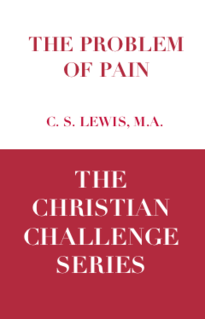
The Problem of Pain is a 1940 book on the problem of evil by C. S. Lewis, in which Lewis argues that human pain, animal pain, and hell are not sufficient reasons to reject belief in a good and powerful God.
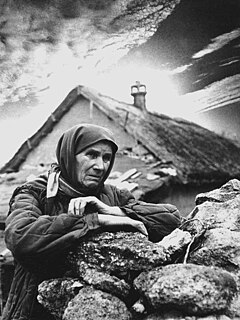
Grief is the response to loss, particularly to the loss of someone or some living thing that has died, to which a bond or affection was formed. Although conventionally focused on the emotional response to loss, grief also has physical, cognitive, behavioral, social, cultural, spiritual and philosophical dimensions. While the terms are often used interchangeably, bereavement refers to the state of loss, while grief is the reaction to that loss.
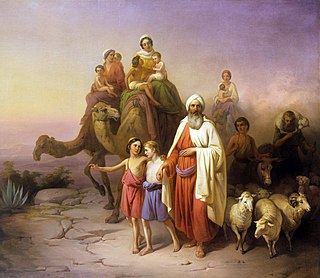
Fear and Trembling is a philosophical work by Søren Kierkegaard, published in 1843 under the pseudonym Johannes de silentio. The title is a reference to a line from Philippians 2:12, "...continue to work out your salvation with fear and trembling." — itself a probable reference to Psalms 55:5, "Fear and trembling came upon me..."
Shadowlands is a play by William Nicholson adapted from his 1985 television film of the same name, directed by Norman Stone and produced by David M. Thompson for BBC Wales. It debuted at the Theatre Royal in Plymouth on 5 October 1989 before premiering at the Queen's Theatre in London on 23 October 1989. The play is about the relationship between Oxford don and author C. S. Lewis and the American writer Joy Gresham.
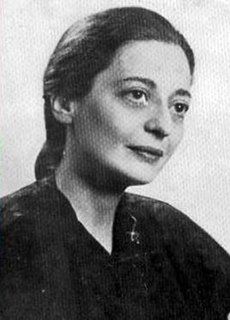
Helen Joy Davidman was an American poet and writer. Often referred to as a child prodigy, she earned a master's degree from Columbia University in English literature at age twenty in 1935. For her book of poems, Letter to a Comrade, she won the Yale Series of Younger Poets Competition in 1938 and the Russell Loines Award for Poetry in 1939. She was the author of several books, including two novels.
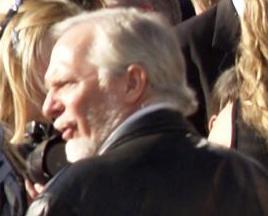
Douglas Howard Gresham is an American British stage and voice-over actor, biographer, film producer, and executive record producer. He is one of the two stepsons of C. S. Lewis.

Pauline Diana Baynes was an English illustrator, author and commercial artist. She contributed drawings and paintings to more than 200 books, mostly in the children's genre. She was the first illustrator of some of J. R. R. Tolkien's minor works and of C. S. Lewis's Chronicles of Narnia.
The five stages of grief model is popularly known as a model that describes a series of emotions experienced by people who are grieving: denial, anger, bargaining, depression and acceptance. In actuality, the Kübler-Ross model was based on people who are dying rather than grieving. Although commonly referenced in popular culture, studies have not empirically demonstrated the existence of these stages, and the model has been considered by some to be outdated and unhelpful in explaining the grieving process.
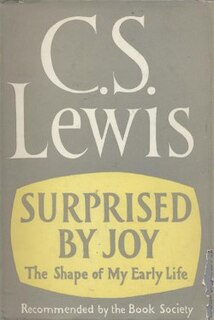
Surprised by Joy: The Shape of My Early Life is a partial autobiography published by C. S. Lewis in 1955. The work describes Lewis's life from very early childhood until his conversion to Christianity in 1931, but does not go beyond that date.

Shadowlands is a 1993 British biographical drama film about the relationship between academic C. S. Lewis and Jewish American poet Joy Davidman, her death from cancer, and how this challenged his Christianity. It was directed by Richard Attenborough with a screenplay by William Nicholson based on his 1985 television film and 1989 stage play of the same name. The 1985 script began life as I Call It Joy written for Thames Television by Brian Sibley and Norman Stone. Sibley later wrote the book, Shadowlands: The True Story of C. S. Lewis and Joy Davidman. The film won the 1993 BAFTA Award for Outstanding British Film. The film marked the last film appearance of English actor Michael Denison.

The Expression of the Emotions in Man and Animals is Charles Darwin's third major work of evolutionary theory, following On the Origin of Species (1859) and The Descent of Man (1871). Initially intended as a chapter in The Descent of Man, The Expression grew in length and was published separately in 1872. This book concerns the biological aspects of emotional life, and Darwin explores the animal origins of such human characteristics as the lifting of the eyebrows in moments of surprise and the raising of the upper lip in an aggressive sneer. A German translation of The Expression appeared in 1872; Dutch and French versions followed in 1873 and 1874. A second edition of the book, with only minor alterations, was published in 1890. Since its first publication, The Expression has never been out of print, but it has also been described as Darwin's "forgotten masterpiece".

William Lindsay Gresham was an American novelist and non-fiction author particularly well-regarded among readers of noir. His best-known work is Nightmare Alley (1946), which was adapted to film in 1947 and 2021.
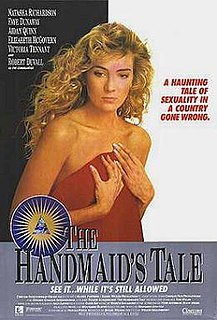
The Handmaid's Tale is a 1990 dystopian film adapted from Canadian author Margaret Atwood's 1985 novel of the same name. Directed by Volker Schlöndorff, the film stars Natasha Richardson (Offred), Faye Dunaway, Robert Duvall, Aidan Quinn (Nick), and Elizabeth McGovern (Moira). The screenplay was written by playwright Harold Pinter. The original music score was composed by Ryuichi Sakamoto. The film was entered into the 40th Berlin International Film Festival. It is the first filmed adaptation of the novel, succeeded by the Hulu television series which began streaming in 2017.

Hercules is a Musical Drama in three acts by George Frideric Handel, composed in July and August 1744. The English language libretto was by the Reverend Thomas Broughton, based on Sophocles's Women of Trachis and the ninth book of Ovid's Metamorphoses.

Grief is a novel by American author Andrew Holleran, published in 2006. The novel takes place in Washington D.C., following the personal journey of a middle-aged, gay man dealing with the death of his mother. The novel received the 2007 Stonewall Book Award.

Sorrow is an emotion, feeling, or sentiment. Sorrow "is more 'intense' than sadness... it implies a long-term state". At the same time "sorrow — but not unhappiness — suggests a degree of resignation... which lends sorrow its peculiar air of dignity".
Grief is a multifaceted response to loss, particularly to the loss of someone that has died, to which a bond or affection was formed. Grief is also witnessed in other animals termed as animal grief, similar to survivor guilt in the human beings. In the late 19th century, Charles Darwin published "The Expression of the Emotions in Man and Animals", in which he has argued that humans and other animals show emotions through remarkably similar behaviours.
Shadowlands, also known as C.S. Lewis: Shadowlands and C.S. Lewis Through the Shadowlands, is a 1985 television film written by William Nicholson, directed by Norman Stone and produced by David M. Thompson for BBC Wales. The film is about the relationship between Oxford don and author C. S. Lewis and the American writer Joy Davidman. It stars Joss Ackland as Lewis, with Claire Bloom as his wife Joy Davidman.
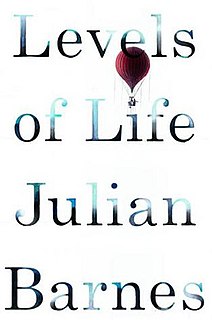
Levels of Life is a 2013 memoir by English author Julian Barnes, dedicated to his wife Pat Kavanagh, a literary agent who died in 2008.
















